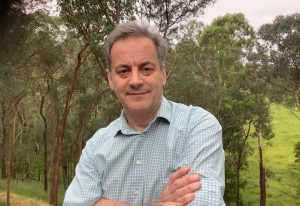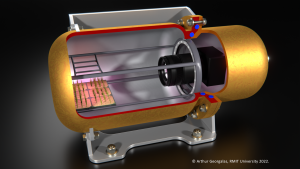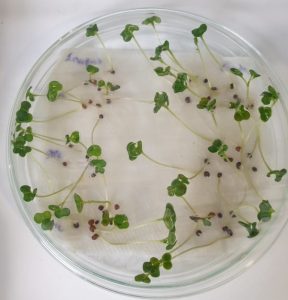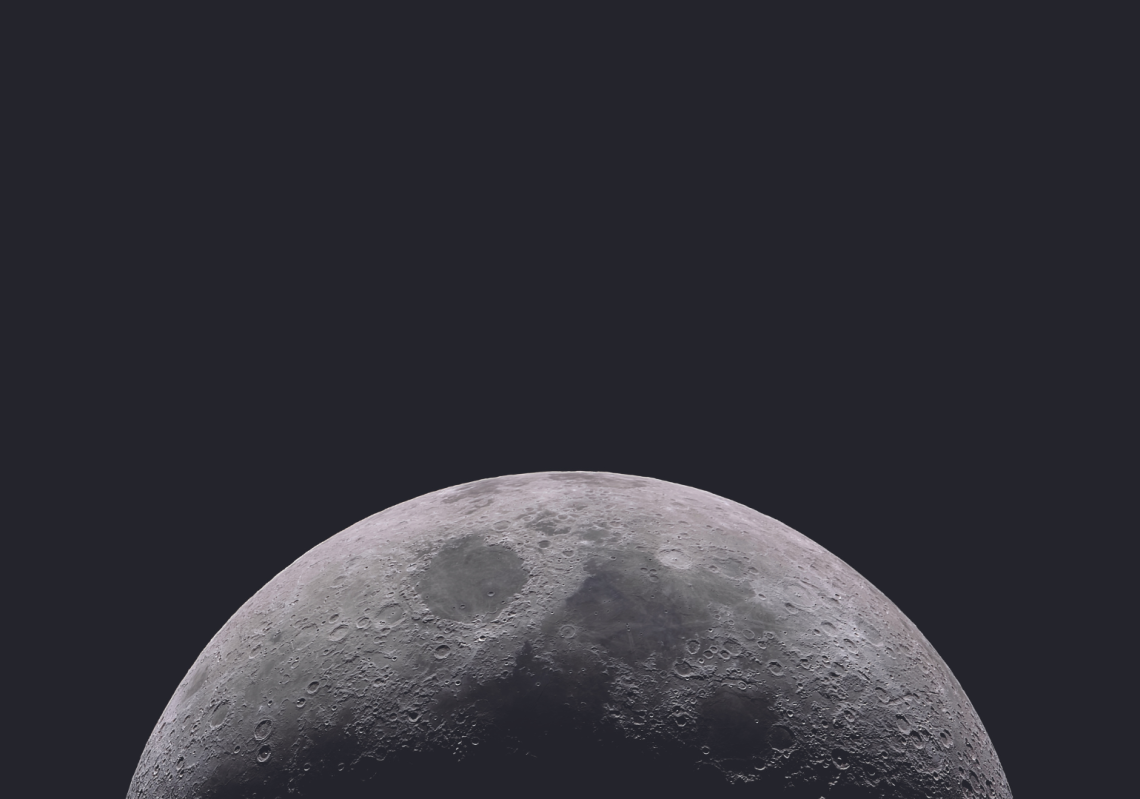Can life exist on the moon? A group of scientists and engineers is creating a hyperbaric chamber to prove that growing plants on the lunar surface is possible.
The Australian Lunar Experiment Promoting Horticulture (ALEPH) project, led by start-up Lunaria One, has received $3.6 million from the Australian government to investigate if plants can grow on the lunar surface.
Seeds will be transported to the moon in a specially designed, shoebox-sized chamber aboard a lunar lander scheduled for a mission as early as 2025.

Hermetically sealed and equipped with sensors, water and a camera, the chamber’s design has presented challenges. However, Lunaria One’s co-founder and engineering lead for the project, Dr Graham Dorrington, told create it has the engineering minds and facilities to succeed.
“The basic mission is: can we germinate something in a small, closed vessel in 72 hours from a dried seed state?” said Dorrington, an aeronautical engineer and senior lecturer at RMIT’s School of Engineering.
“One of the main engineering challenges is controlling the temperature when it arrives on the moon, but we think we’ve solved that problem.”
Lunar lessons
A better understanding of our only natural satellite may help to address challenges back on Earth.
Located roughly 384,000 km from home, the moon is a relatively close neighbour and is connected to our planet in various ways, such as its influence on ocean tides.
Growing plants on the moon will provide valuable insights into their adaptation in challenging environments, and will help in the development of sustainability strategies for future life both on Earth and in space.
“I’ve long thought that we’re a part of an Earth–moon system and I’ve been conscious of dimensions that haven’t been explored, in terms of the quality of life on Earth, how we conduct our lives and how the moon could be involved in that,” Dorrington said.
ANU Associate Professor Caitlin Byrt, who is a science advisor for Lunaria One and an ARC Future Fellow at the ANU Research School of Biology, said the mission may also unlock new methods to boost sustainable food production on Earth and support food security in the face of climate-driven weather disasters.

“Understanding what resources you would need to quickly propagate food in the case of a disaster is a really exciting challenge and one that will become increasingly important,” she said.
Byrt explained that a range of plant species are being considered for the mission, including resurrection plants, which are naturally adapted to desert environments.
“They have this extraordinary feature where some of them can become dehydrated down to just 10 per cent of their normal moisture content, which is a condition that most organisms can’t survive,” she said.
“But they’ve evolved to get really dry, pause their metabolism and sort of go into stasis. Then, upon watering, they regrow again.”
Inside the chamber
The chamber that will house the seeds is made from aluminium and weighs no more than 1.5 kg. Dorrington describes it as “basically a tin can”.

It will operate on minimal power while transmitting data via the lunar lander back to Earth and will use data rates of less than 40 Kb/s.
“We’re hoping to carry temperature and pressure sensors, and maybe an oxygen sensor,” Dorrington said.
“The problem is it all adds complexity and time and they’re not essential for the experiment, because our primary objective is to demonstrate that we can create a thermal environment that is conducive to seed growth.”
Dorrington explained that because air pressure inside the chamber must remain quite high, hermetic sealing is essential.
“We can’t use sealants that aren’t bio friendly, which was a bit of a challenge, but it was just about the correct use of O-rings,” he said.
A bigger challenge, Dorrington said, is activating a valve at the right time to release water for the plants.
“We need to wait until we’ve got the right temperature — and, hopefully, that’s soon after landing, because we’ve got a very limited window — and then we’ll immediately release all the water,” Dorrington said, adding that the volume will depend on the final plant selection, but expects it to be roughly 20 mL.
Temperature control
A mission to grow plants on the moon is not new. A sprouting cotton seed on China’s Chang’e 4 lunar lander in 2019 was the first plant to germinate on the moon, but lunar night temperatures proved too low for it to survive.

On the lunar surface, the temperature fluctuates from highs of 80°C to lows of –180°C.
“The payload has to be on the lunar surface by early in the morning, because as soon as the sun rises on the moon, it’s got about the right temperature, depending what latitudes you are on the moon,” Dorrington said.
“We’re looking at moderate latitudes where the temperatures are manageable. But, soon after landing, the temperature in our chamber will rise quite rapidly and it’s almost exactly the same conditions as you get in a desert, with severely cold nights and midday heat, where it gets to about 40°C.”
Controlling the temperature in the chamber has been an engineering challenge, but Dorrington and his team are attempting to solve it using a modulated optical surface reflector.
“It will cool the payload down more quickly, and we will also put in one or two watts of power, which means we can also keep the chamber warm,” he said.
“We’re working with very tight power constraints, and we can’t have too much heat going into the chamber when it’s getting to the hot end.
“Another thing is how we insulate the chamber and what materials are used. We still haven’t decided that, but it can make quite a difference. We’ve got a tight deadline and it all has to be built and qualified.”
Dorrington said the qualification process is proving to be the greatest engineering challenge of the Lunaria One mission.
“You have to get the chamber approved for launch, so you have to put it through vibration and thermal vacuum testing, and all sorts of other tests to ensure it’s safe,” he said.
“One of the things that’s not really liked in the space world is a pressurised container.
“Most little cubes that go into space don’t have any gas stored in them and lots of launch providers don’t allow that, so we have to do a lot of structural analysis on the pressure of the vessel so it can’t possibly rupture.”
The Lunaria One team must deliver the payload one year before launch and, Dorrington said, at a mere 1.5 kg, it’s quite demanding.
“I thought at first it was going to be easy, but it’s actually quite hard,” he said. “But if we can demonstrate that we can do this, the next logical step would be: can we dig up the lunar regolith and plant seeds on the lunar surface?”



